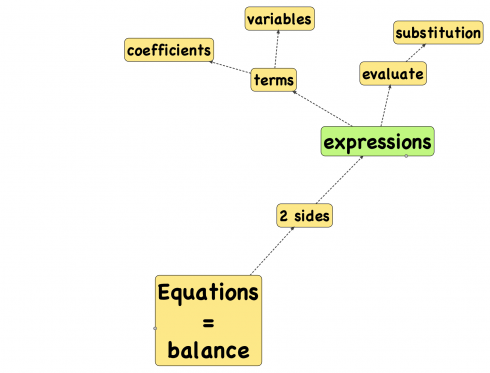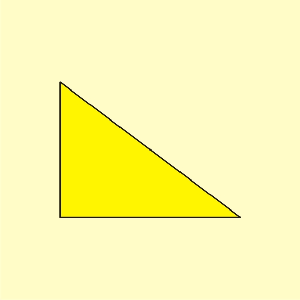I really like this little video because it’s relatively dense with information but its visual cues complement each other quite nicely; the interactive model it comes from is great for demonstrations, but even better for inquiry-based learning. The model and video both show the motion of gas molecules in a confined box.
In the video, the gas starts off at a constant temperature. Temperature is a measure of how fast the particles are moving, but you can see the molecules bouncing around at different rates because the temperature depends on the average velocity (via Kinetic Energy), not the individual rates of motion. And if you look carefully, you notice the color of the particles depends on how fast they’re moving. A few seconds into the video, the gas begins to cool, and you can see the particles slow down and gradually the average color changes from blue (fast) to red and then some even fade out entirely.
In the interactive, VPython model I’ve put in a slider bar so you can control the temperature and observe the changes yourself. The model is nicely set up for introducing students to a few physics concepts and to the scientific method itself via inquiry-based learning: you can sit them down in front of the program, tell them it’s gas molecules in a box, have them observe carefully, record what they see, and then explain their observations. From there you can branch off into a lot of different places depending on the students’ interests.
Temperature (T) – a measure of the average kinetic energy (KEaverage) of the substance. In fact, it’s proportional to the kinetic energy, giving a nice linear equation in case you want to tie it into algebra:

where c is a constant.
Of course, you have to know what kinetic energy is to use this equation.

Which is a simple parabolic curve with m being the mass and v the velocity of the object.
The color changes in the model are a bit more metaphoric, but they come from Wein’s Displacement Law, which relates the temperature of an object, like a star, to the color of light it emits (different colors of light are just different wavelengths of light).

where b is another constant and l is the wavelength of light. This is one of the ways astronomers can figure out the temperature of different types of stars.
Notes
The original VPython model, from Chabay and Sherwood’s (2002) physics text, Matter and Interactions, comes as a demo when you install their 3D modeling program VPython.
I’ve posted about this model before, but I though it was worth another try now that I have the video up on YouTube.






